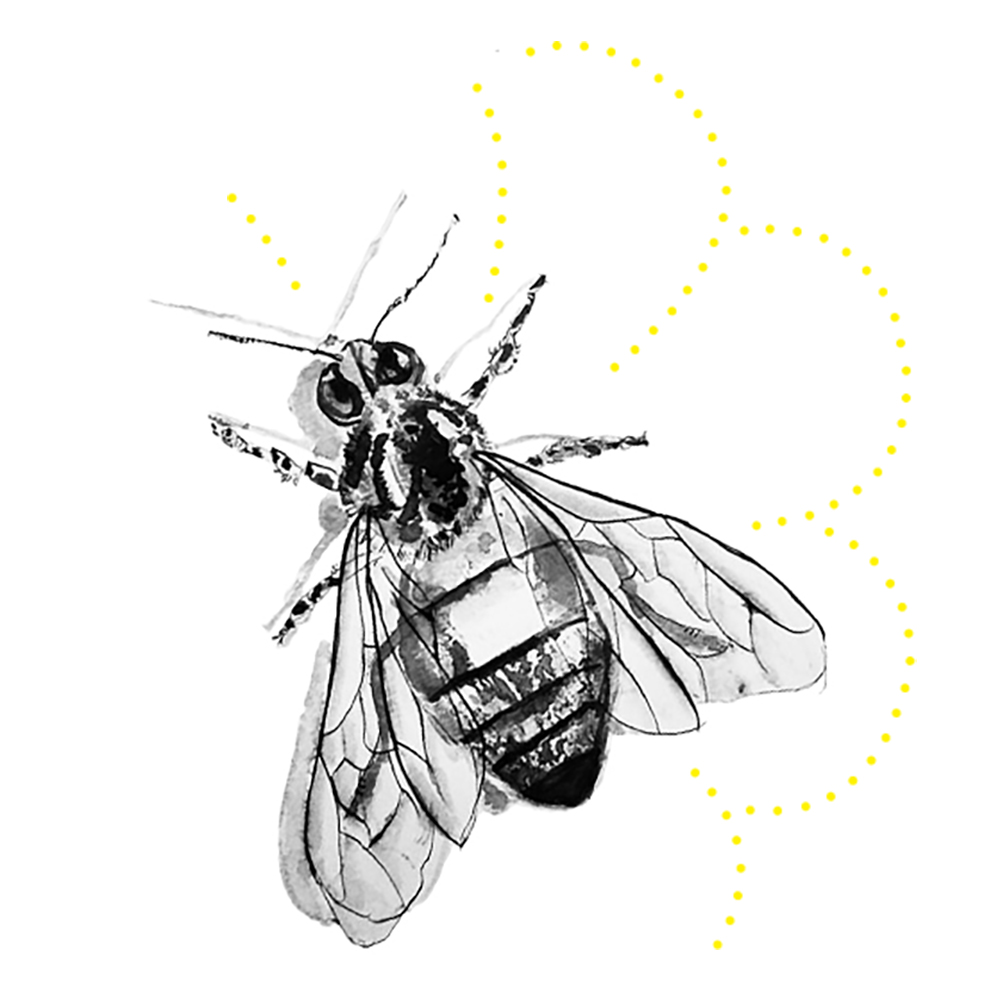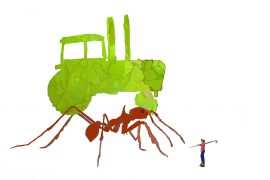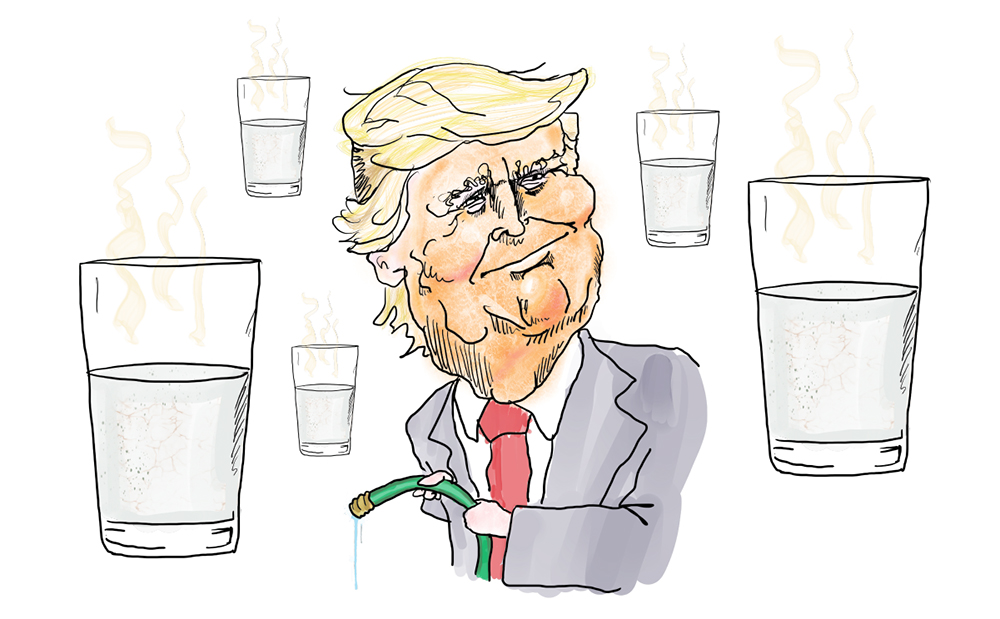Bees are responsible for the pollination of one-third of all food consumed in the United States, yet bee populations are rapidly decreasing to the point that eight bee species in the US, including the once common rusty-patched bumblebee, have been listed as endangered. Habitat destruction, the use of certain pesticides, and climate change are all responsible for the decline of pollinating bees, posing grave risks to crops and biodiversity.
As populations are declining in number, bee researchers are finding more ways that the human population relies upon bees. Today honey is used medicinally to help in the healing of burns and in wound care. According to an article published in Nursing Standard, a journal of the Royal College of Nursing in the UK, honey expedites the healing of minor burns by an average of four days. Beyond this, the antibiotic properties of honey have been proven to help with conditions ranging from common ailments like sore throat to autoimmune diseases such as ulcerative colitis and Crohn’s disease. With more research, honey could play an important role in future pharmaceutical development.
Humans have interrupted bee habitats by extensively creating flowerless cityscapes and planting turf grass where natural plants once grew. The combination of habitat destruction and climate change has resulted in widespread colony collapse due to pesticide use, starvation, and the creation of favorable environments for parasites that harm bee populations. Colony Collapse Disorder (CCD) describes the global and sudden die-off of many colonies. CCD was first noticed in 2006 and is one of the most prominent and elusive detriments to bees. CCD manifests itself as a variety of symptoms such as bacterial infection, viruses, and parasites. Scientists have yet to find the exact cause or cure for the disease. However, many scientists point to pesticides, stress, starvation, or a combination of elements as potential causes of CCD. According to the North American Pollinator Protection Campaign (NAPPC), 50–90% of managed bees in the U.S. have been lost to CCD.
Additionally, bees are particularly disadvantaged to cope with climate change according to a 2015 article by Marissa Fessenden appearing in Smithsonian Magazine. The rise in global temperature is causing flowers to bloom earlier while bees are still coming out later. This results in an increasingly harmful cycle of flowers not being sufficiently pollinated and bees having less food.
Initiatives to protect bee populations are beginning globally, including a program in Norway to plant flowers along roadways to prevent starvation. Other initiatives include protecting eight species of bees as endangered in the United States, the conversion of some billboards in Sweden into “bee hotels,” and the banning of bee-killing pesticides including sulfoxaflor and neonicotinoids. Bavaria plans to have 30% of agriculture meet organic farming practices by 2030 and has turned 10% of green spaces into bee-friendly flowering meadows. In Canada, research is being done to help protect bees against disease with the use of probiotics. Conversely, in 2019 the Trump Administration reversed a previous EPA policy barring the use of sulfoxaflor and increased the number of permitted crops for sulfoxaflor use.
Individuals can aid bee populations by planting more flowers. Planting more flowering plants would give bees more food so they could travel further and pollinate more, which would in turn help protect against starvation, stress, and restore lost bee habitat. Choosing plants that flower multiple times a year and only using natural fertilizers and pesticides give bees the best chance of improving colony survival. One way to secure more land for flowering plants is to find alternatives to turf grass. Turf grass covers 40,000,000 acres in America, it does not feed pollinators or humans and requires 60,000,000 acre-feet of water annually. If all turf grass were exchanged for a flowering alternative bee populations could experience profound benefits. A few simple alternatives could be clover and creeping thyme, which are both low maintenance options that stay low to the ground.
Main illustration by Sophie Meyers





